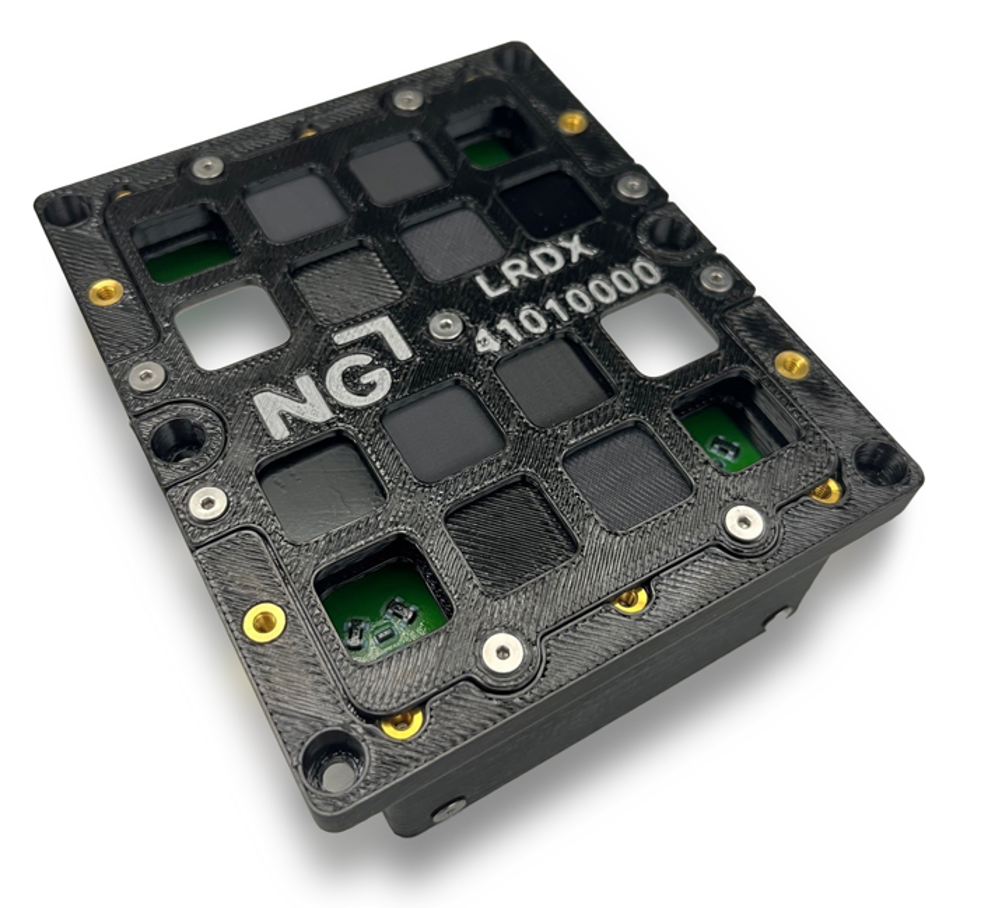The experiments are part of Aegis Aerospace’s first Space Science & Technology Evaluation Facility mission (SSTEF-1) the first in a series of commercial space testing missions that Aegis is running through NASA’s Tipping Point program. SSTEF-1 will focus on technology development for space infrastructure and capabilities for the moon and near-earth space.
For the Stratasys experiments, which are sponsored and led by Northrop Grumman Corporation, 3D-printed samples provided by Stratasys will be brought to the lunar surface by an unmanned lander in a carrier structure also 3D-printed by Stratasys.
Three materials will be the focus of two different experiments. The first experiment will asses the performance of a sample coupon part made with Stratasys’ Antero 800NA FDM filament filled with tungsten. Antero 800NA is a high-performance PEKK-based thermoplastic with excellent mechanical properties, chemical resistance, and low outgassing characteristics. Adding tungsten is intended to provide shielding against harmful radiation such as gamma rays or x-rays.

Meanwhile, the second passive experiment is designed to see how 3D-printed materials perform in space. It will include Antero 840CN03 FDM filament, which features ESD properties for use with electronics and was used on the Orion spacecraft. The experiment will also include a new ESD photopolymer manufactured by Stratasys partner Henkel for use with Stratasys’ Origin One 3D printers and designed for high-heat environments. This experiment will subject coupon samples of the 3D-printed materials to moon dust, low pressure that can lead to outgassing, and the rapid temperature swings that result from virtually no atmosphere on the moon.
“Additive manufacturing is an important technology for space missions where every ounce of weight matters and high performance is essential,” said Stratasys’ Chief Industrial Business Officer Rich Garrity. “This set of experiments will help us understand how to fully leverage 3D printing to keep people and equipment safe as we travel to the moon and beyond.”











Comment: Hybridisation is a new era for aerospace
Reduced weight & simplification of the combustion engine operating , If hybrid cars are anything to go by. Further weight reduction might be...